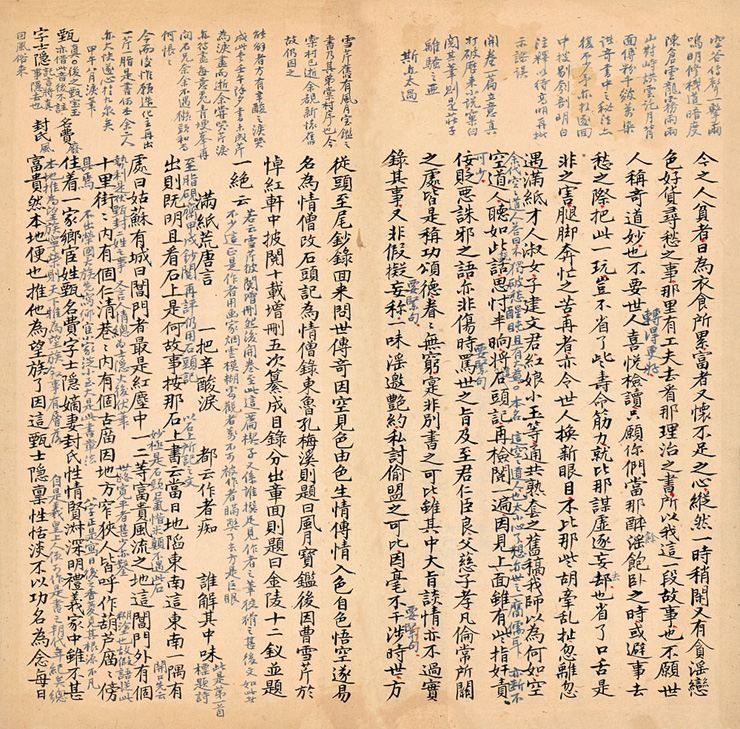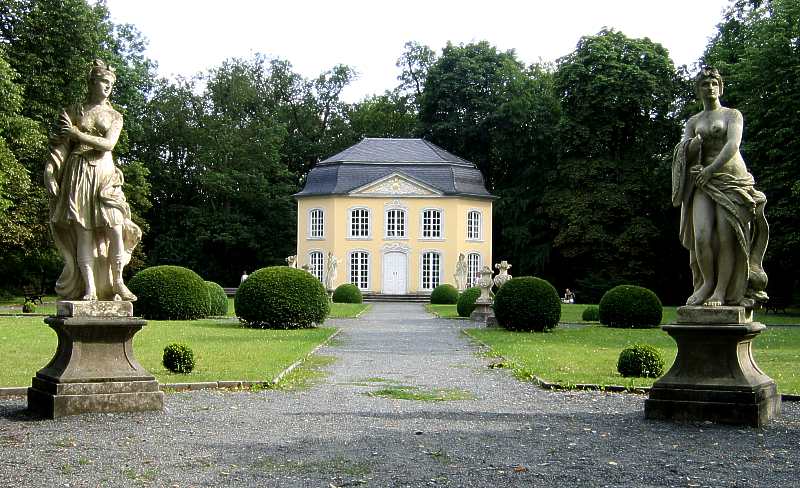|
List Of Chinese Loanwords In Indonesian
The Chinese loanwords are usually concerned with cuisine, trade or often just exclusively things Chinese. According to the 2000 census, the relative number of people of Chinese Indonesian, Chinese descent in Indonesia (termed the ''peranakan'') is almost 1% (totaling to about 3 million people, although this may likely be an underestimate due to an anti-Chinese sentiment that exists in some circles of the population), yet the ''peranakan'' are the most successful when it comes to business, trade, and cuisine. Words of Chinese origin (presented here with accompanying Hokkien/ Mandarin pronunciation derivatives as well as traditional and simplified characters) include ''pisau'' (匕首 bǐshǒu – knife), ''mie'' (Traditional Chinese characters, T:麵, Simplified Chinese characters, S:面, Hokkien mī – noodles), ''lumpia'' (潤餅 (Hokkien = lūn-piáⁿ) – springroll), ''teko'' (Traditional Chinese characters, T:茶壺, Simplified Chinese characters, S:茶壶 = cháhú [Mandar ... [...More Info...] [...Related Items...] OR: [Wikipedia] [Google] [Baidu] |
Census
A census is the procedure of systematically acquiring, recording and calculating information about the members of a given population. This term is used mostly in connection with national population and housing censuses; other common censuses include censuses of agriculture, traditional culture, business, supplies, and traffic censuses. The United Nations (UN) defines the essential features of population and housing censuses as "individual enumeration, universality within a defined territory, simultaneity and defined periodicity", and recommends that population censuses be taken at least every ten years. UN recommendations also cover census topics to be collected, official definitions, classifications and other useful information to co-ordinate international practices. The UN's Food and Agriculture Organization (FAO), in turn, defines the census of agriculture as "a statistical operation for collecting, processing and disseminating data on the structure of agriculture, covering th ... [...More Info...] [...Related Items...] OR: [Wikipedia] [Google] [Baidu] |
Red Envelope
In East and Southeast Asian cultures, a red envelope, red packet or red pocket () is a monetary gift given during holidays or for special occasions such as a wedding, a graduation, or the birth of a baby. Although the red envelope was popularised by Chinese traditions, other cultures also share similar traditional customs. The red packet is also called "money warding off old age" () for Chinese New Year. These customs have also been adopted across parts of Southeast Asia, and other countries that have a sizable ethnic Chinese population as well. In the mid-2010's, a digital equivalent to the practice emerged within messaging apps with mobile wallet systems localised for Chinese New Year. Usage Red envelopes, more commonly known as Hong Bao (in Mandarin) or Lai See (in Cantonese), are gifts presented at social and family gatherings such as weddings or holidays such as Chinese New Year. The red color of the envelope symbolizes good luck and is a symbol to ward off evil spirits ... [...More Info...] [...Related Items...] OR: [Wikipedia] [Google] [Baidu] |
Angpao
In East and Southeast Asian cultures, a red envelope, red packet or red pocket () is a monetary gift given during holidays or for special occasions such as a wedding, a graduation, or the birth of a baby. Although the red envelope was popularised by Chinese traditions, other cultures also share similar traditional customs. The red packet is also called "money warding off old age" () for Chinese New Year. These customs have also been adopted across parts of Southeast Asia, and other countries that have a sizable ethnic Chinese population as well. In the mid-2010's, a digital equivalent to the practice emerged within messaging apps with mobile wallet systems localised for Chinese New Year. Usage Red envelopes, more commonly known as Hong Bao (in Mandarin) or Lai See (in Cantonese), are gifts presented at social and family gatherings such as weddings or holidays such as Chinese New Year. The red color of the envelope symbolizes good luck and is a symbol to ward off evi ... [...More Info...] [...Related Items...] OR: [Wikipedia] [Google] [Baidu] |
Angpau
In East and Southeast Asian cultures, a red envelope, red packet or red pocket () is a monetary gift given during holidays or for special occasions such as a wedding, a graduation, or the birth of a baby. Although the red envelope was popularised by Chinese traditions, other cultures also share similar traditional customs. The red packet is also called "money warding off old age" () for Chinese New Year. These customs have also been adopted across parts of Southeast Asia, and other countries that have a sizable ethnic Chinese population as well. In the mid-2010's, a digital equivalent to the practice emerged within messaging apps with mobile wallet systems localised for Chinese New Year. Usage Red envelopes, more commonly known as Hong Bao (in Mandarin) or Lai See (in Cantonese), are gifts presented at social and family gatherings such as weddings or holidays such as Chinese New Year. The red color of the envelope symbolizes good luck and is a symbol to ward off evil ... [...More Info...] [...Related Items...] OR: [Wikipedia] [Google] [Baidu] |
Dream Of The Red Chamber
''Dream of the Red Chamber'' (''Honglou Meng'') or ''The Story of the Stone'' (''Shitou Ji'') is a novel composed by Cao Xueqin in the middle of the 18th century. One of the Four Great Classical Novels of Chinese literature, it is known for its psychological scope, and its observation of the worldview, aesthetics, life-styles, and social relations of 18th-century China. The intricate strands of its plot depict the rise and decline of a family much like Cao’s own and, by extension, of the dynasty itself. Cao depicts the power of the father over the family, but the novel is intended to be a memorial to the women he knew in his youth: friends, relatives and servants. At a more profound level, the author explores religious and philosophical questions, and the writing style includes echoes of the plays and novels of the late Ming, as well as poetry from earlier periods. Cao apparently began composing it in the 1740s and worked on it until his death in 1763 or 1764. Copies of hi ... [...More Info...] [...Related Items...] OR: [Wikipedia] [Google] [Baidu] |
Pavilion
In architecture, ''pavilion'' has several meanings: * It may be a subsidiary building that is either positioned separately or as an attachment to a main building. Often it is associated with pleasure. In palaces and traditional mansions of Asia, there may be pavilions that are either freestanding or connected by covered walkways, as in the Forbidden City ( Chinese pavilions), Topkapi Palace in Istanbul, and in Mughal buildings like the Red Fort. * As part of a large palace, pavilions may be symmetrically placed building ''blocks'' that flank (appear to join) a main building block or the outer ends of wings extending from both sides of a central building block, the ''corps de logis''. Such configurations provide an emphatic visual termination to the composition of a large building, akin to bookends. The word is from French (Old French ) and it meant a small palace, from Latin (accusative of ). In Late Latin and Old French, it meant both ‘butterfly’ and ‘tent’, becaus ... [...More Info...] [...Related Items...] OR: [Wikipedia] [Google] [Baidu] |
Anglo
Anglo is a prefix indicating a relation to, or descent from, the Angles, England, English culture, the English people or the English language, such as in the term '' Anglosphere''. It is often used alone, somewhat loosely, to refer to people of British descent in Anglo-America, the Anglophone Caribbean, South Africa, Namibia, Australia, and New Zealand. It is used in Canada to differentiate between the French speakers (Francophone) of mainly Quebec and some parts of New Brunswick, and the English speakers (Anglophone) in the rest of Canada. It is also used in the United States to distinguish the Latino population from the non-Latino white majority. Anglo is a Late Latin prefix used to denote ''English-'' in conjunction with another toponym or demonym. The word is derived from Anglia, the Latin name for England and still used in the modern name for its eastern region, East Anglia. Anglia and England both mean ''land of the Angles'', a Germanic people originating in th ... [...More Info...] [...Related Items...] OR: [Wikipedia] [Google] [Baidu] |
Monascus Purpureus
''Monascus purpureus'' (syn. ''M. albidus'', ''M. anka'', ''M. araneosus'', ''M. major'', ''M. rubiginosus'', and ''M. vini''; , lit. "red yeast") is a species of mold that is purplish-red in color. It is also known by the names ang-khak rice mold, corn silage mold, maize silage mold, and rice kernel discoloration. Taxonomy and morphology The sexual state of ''M. purpureus'' is a cleistothecium with a two-layered wall enclosing round, evanescent 8-spored asci, lifted above the substrate on a multihyphal stalk. Ascospores can be heat resistant. The asexual state forms chains of hyaline or brownish chlamydospore-like cells. Physiology and metabolites During growth, ''Monascus'' spp. break down starch substrate into several metabolites, including pigments produced as secondary metabolites. The structure of pigments depends on type of substrate and other specific factors during culture, such as pH, temperature, and moisture content. However, discoveries of cholesterol-lowering stat ... [...More Info...] [...Related Items...] OR: [Wikipedia] [Google] [Baidu] |



